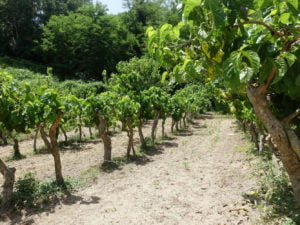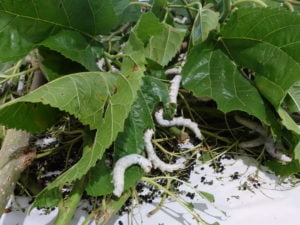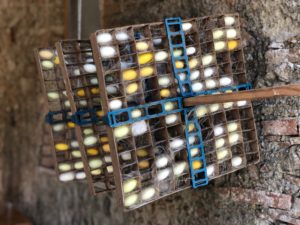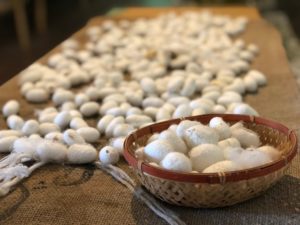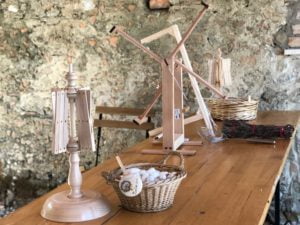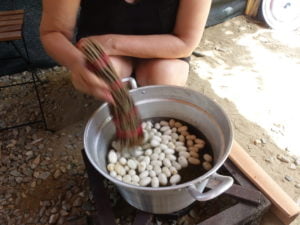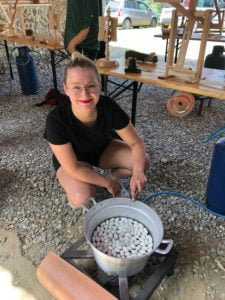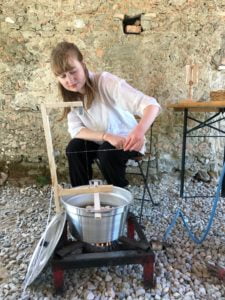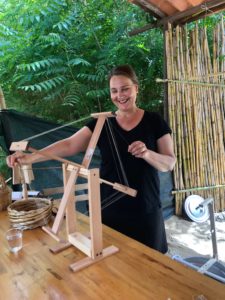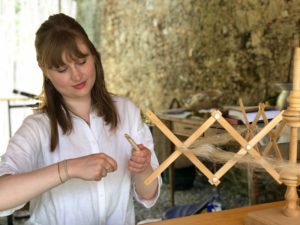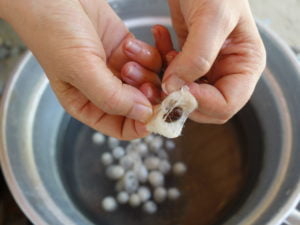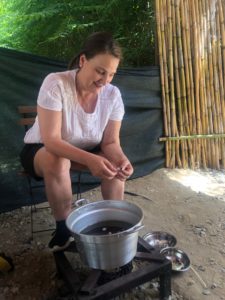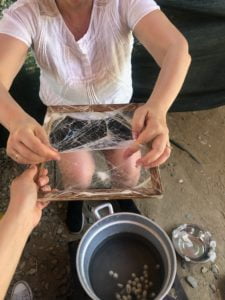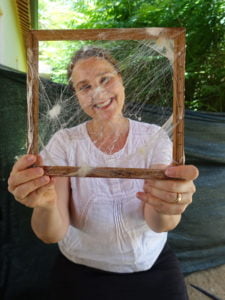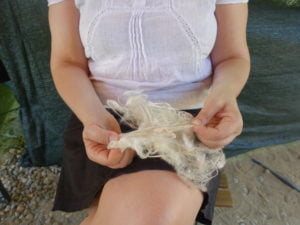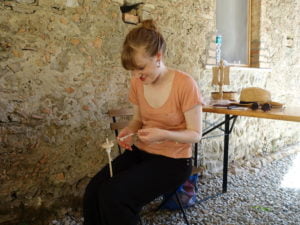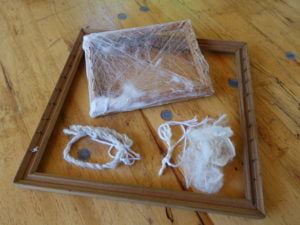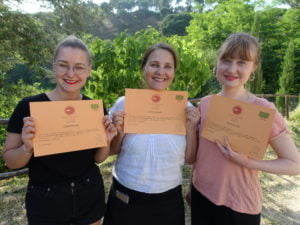Silk production in Early Modern Italy
Date: 8–9 June 2019
Location: Nido di Seta, Calabria
Expert maker: Miriam Pugliese
Silk has been traditionally regarded as the badge of the gentlemen. However, the production of and demand for cheaper and lighter silk fabrics in the sixteenth century made silk accessible for wider consumer groups, including individuals and families at artisan levels. But what was the major difference between lower quality silk, such as filaticcio, preferred by artisans and others of the lower social orders, and luxury silk used in fine garments by the wealthy Italian elites? How were these different types of silks produced, and what did they look and feel like?
The two-day workshop, organized by Nido di Seta, a silk farm dedicated to reviving and conserving traditional silk production methods, provided us an opportunity to think about these questions, and to learn and exchange scholarly information on the study of historical textiles and textile production with crafts experts. Our aim in this workshop was to engage with history of silk and to understand all the stages that were involved in early modern silk production, and:
- to enhance knowledge about the tools and the range of skills needed in the traditional silk production process
- to discuss and debate terminology
- to understand the major differences between different quality silks, and the way these were produced
- to incorporate specialized craft knowledge into the historical research of dress
- to develop our methodology and analysis of historical materials, processes and contexts
- to evaluate how the practical craft knowledge can help us to interpret our documentary evidence
During day one of the workshop, we focused first on the process of raising silk worms, going through all stages, from feeding silk worms with mulberry leaves to the final stages where the worm builds a cocoon around as a protection and eventually, if the process is not stopped, transforms into a moth. We then continued to explore how silk filament was unwound from the cocoons, and prepared into the delicate silk yarn by twisting and plying, or ‘throwing’ the silk, using light spindles. We ended the day by cooking the silk samples in warm soap water, in order to remove the glue-like sericin -a process known as ‘de-gumming’ that provides the silk with the softness and sheen.
On day two, we used broken or damaged cocoons and waste filaments to prepare inferior quality silk, practicing two different methods. The first of these involved soaking the cocoons in warm soap water, then opening the cocoons using fingers. The ‘nets’ of silk were then placed on a wooden frame and, when dry, these were could combed and spun to produce yarn. The other method involved unwinding silk from the waste cocoons manually until the entire cocoon is used up.
Outcomes:
This participation demonstrated the complexities associated both with silk production, as well as the terminology used to describe different types of silks. It also highlighted the importance of engaging with the processes and materials in order to understand the look, tactile quality and value of the textiles and garments that we study.
Participation in the workshop resulted in research collaboration between Nido di Seta and our project. The outcomes of our research will be used and tested in our citizen science and doublet projects.


